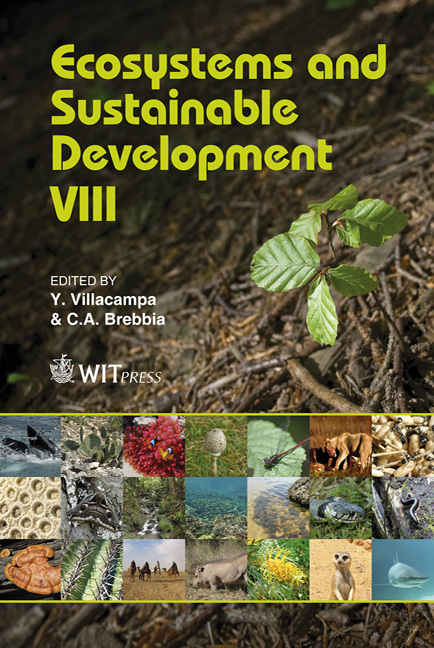A Study Of Drivers For Agricultural Land Abandonment Using GIS And Data Mining Techniques
Price
Free (open access)
Transaction
Volume
144
Pages
12
Page Range
363 - 374
Published
2011
Size
2,750 kb
Paper DOI
10.2495/ECO110321
Copyright
WIT Press
Author(s)
B. M. Zaragozí, J. T. Navarro, A. Ramón & J. J. Rodríguez-Sala
Abstract
This paper examines the problem of agricultural land abandonment through knowledge of driving factors. First, we reach out a review of the concept of abandonment in order to define the negative and positive aspects of this process in the landscape. Then we focus on a real case study in the Marina Baja region (SE Spain). Finally, we propose, from a theoretical perspective, the use of a methodology to define the most important variables for studying the abandonment processes in this region. First of all, we performed various analyses using Geographical Information Systems (GIS) to create a geodatabase which stores the main factors generally associated with abandonment. The variables considered can be grouped into three groups: environmental (such as climate, soils or relief), socio-economic (such as demographic, accessibility or technology) and those related to cultural practices in the crop (such as irrigation or rain-fed stone walls). Considering over a hundred variables we need to answer two questions: (1) which of the variables are really driving factors in the abandonment process of an agricultural plot? and (2) how important is each of them alone or in combination with others? The authors advocate the use of GIS for the feature creation or management and Data Mining techniques to perform the feature selection. Specifically, we propose the use of a concrete metric, aci (Attribute Correlation Index), to answer the questions raised above. Keywords: Geographical Information Systems, Data Mining, land abandonment.
Keywords
Geographical Information Systems, Data Mining, land abandonment





